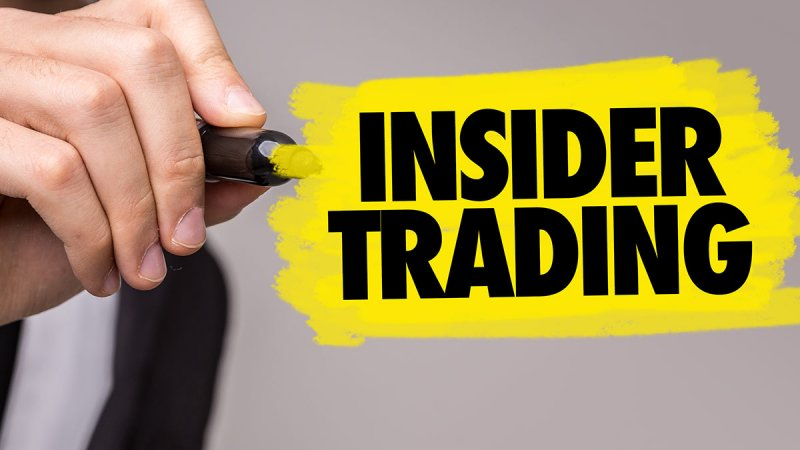Insider trading is the process of trading company stocks and shares through using access to non-public information about the company, otherwise known as insider information. Moreover, the huge development in internet usage has led to an acceleration in the speed that insider trading can occur – making it more difficult to control.
This may sound familiar, and this is because it was the focus of 2019 the ITV drama, Cleaning Up, starring Sheridan Smith. The programme featured two cleaners that used their place within a business to exploit the stocks and shares trading information in order to make a healthy sum of money – insider trading.
Although the rules and laws around insider trading vary, in the majority of countries it is illegal due to the fact it gives some people an unfair advantage. A person who becomes aware of insider information that then trades using that information may be guilty of a crime.
When is it Legal/Illegal?
There are two types of insider trading, one is legal, and one is illegal.
The legal form of insider trading is when insiders buy their own company’s stock. It’s called ‘insider trading’ because they are employees, and therefore they are ‘inside’ the business.
Insider trading can become illegal though, and there is a very fine line between the two.
By definition, the practice of trading on the stock exchange to one’s own advantage through having access to confidential information is when insider trading becomes illegal. Insider trading crimes can also mean ‘tipping’ people with confidential information that they can then use to make a profit from – if you supply someone with the information needed to carry out insider trading, then you are just as guilty as them.
To sum up the difference, the legal version is simply insiders buying and selling their own company’s stock. The illegal version is all about when they choose to trade, why they’re doing it, and what information they’re using to make that decision.
Insiders can be in the position of having access to information not known to the public. This could be information about a new product, a merger with another company, a change in leadership or earnings reports. Insider trading is apparent when they act on this information before it is public knowledge.
In other words, insiders can’t trade when they have the advantage over the public.

The Case of Martha Stewart
One of the most famous examples of insider trading is the case against the American TV star and home goods vendor, Martha Stewart.
In December 2001, the Food and Drug Administration (FDA) announced that it was rejecting ImClone’s new cancer drug, Erbitux. As the drug represented a major portion of ImClone’s pipeline, the company’s stock took a sharp dive. As a result, many pharmaceutical investors were hit by the drop, but not Martha Stewart. She sold 4,000 shares when the stocks were still trading in the high $50s and made nearly $250,000 through the sale. The stock would plummet to just over $10 in the following months.
Stewart claimed to have a pre-existing sell order with her broker, but her story continued to unravel, and public shame eventually forced her to resign as the CEO of her own company. Her friendship with CEO Samuel Waksal suggested that she was warned that the shares were going to drop in value. Waksal was arrested and sentenced to more than seven years in prison and fined $4.3 million in 2003. In 2004, Stewart and her broker were also found guilty of insider trading. Stewart was sentenced to the minimum of five months in prison and fined $30,000.
What is ironic this that if she has held onto her ImClone stock, she would still have benefitted from the Eli Lilly takeover, and would have actually made more money than what she made through insider trading! She would have earned $60,000 if she has just waited – instead, she was fined $30,000 and went to jail. Her case shows how the risks outweighed the returns.

